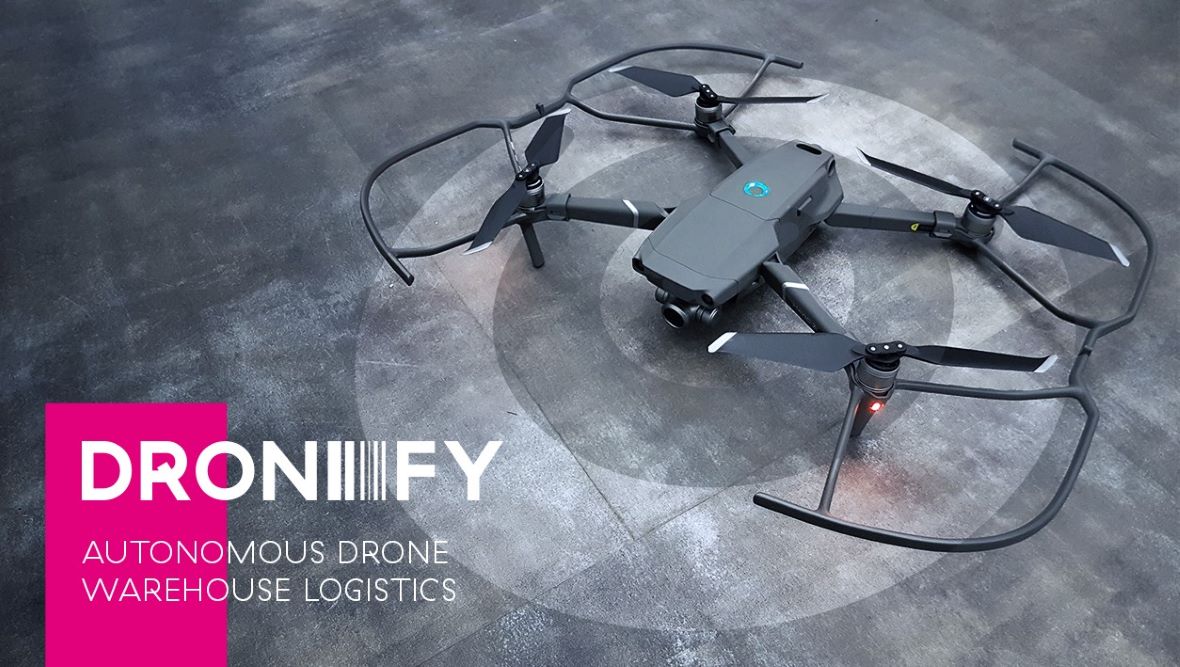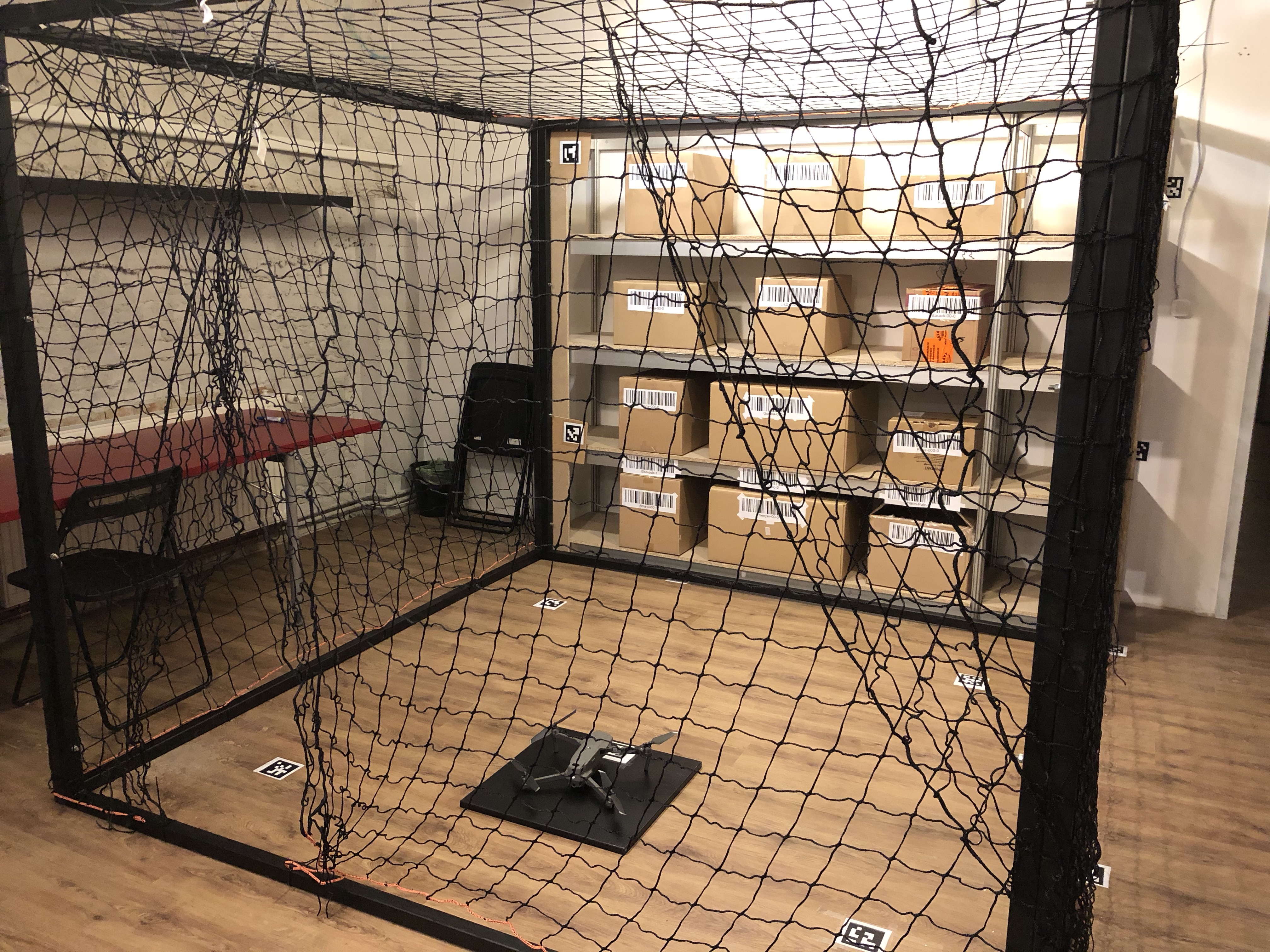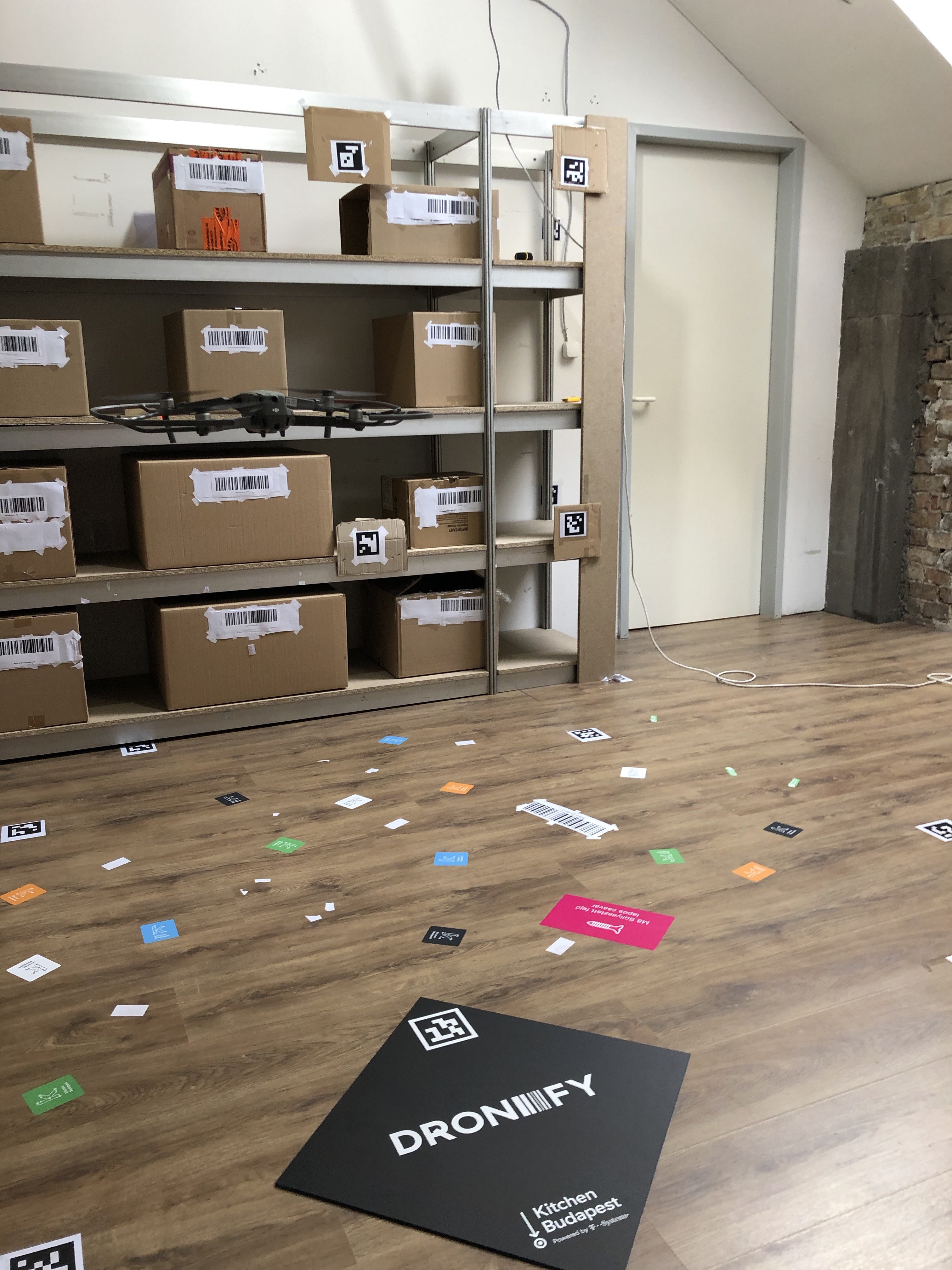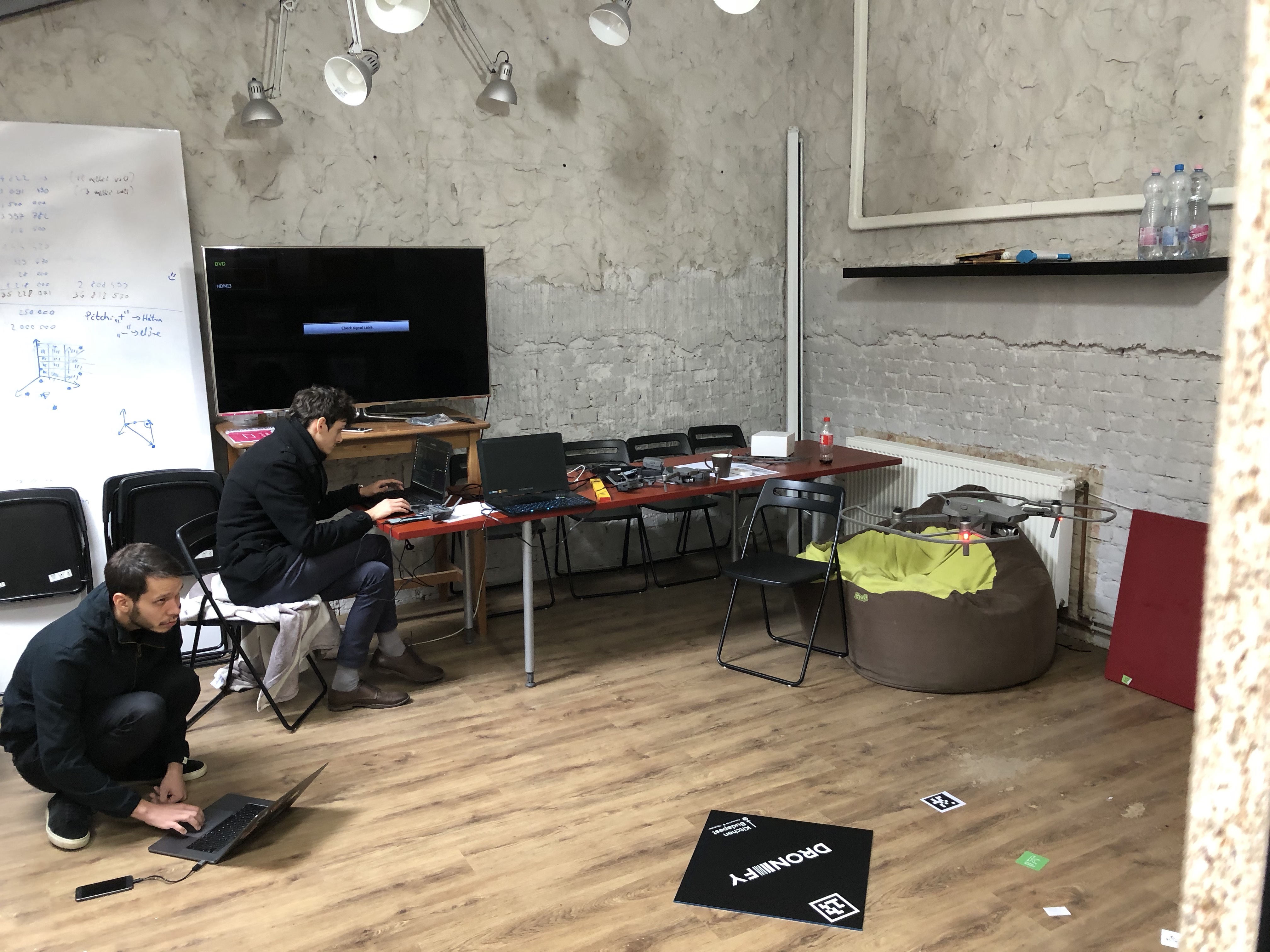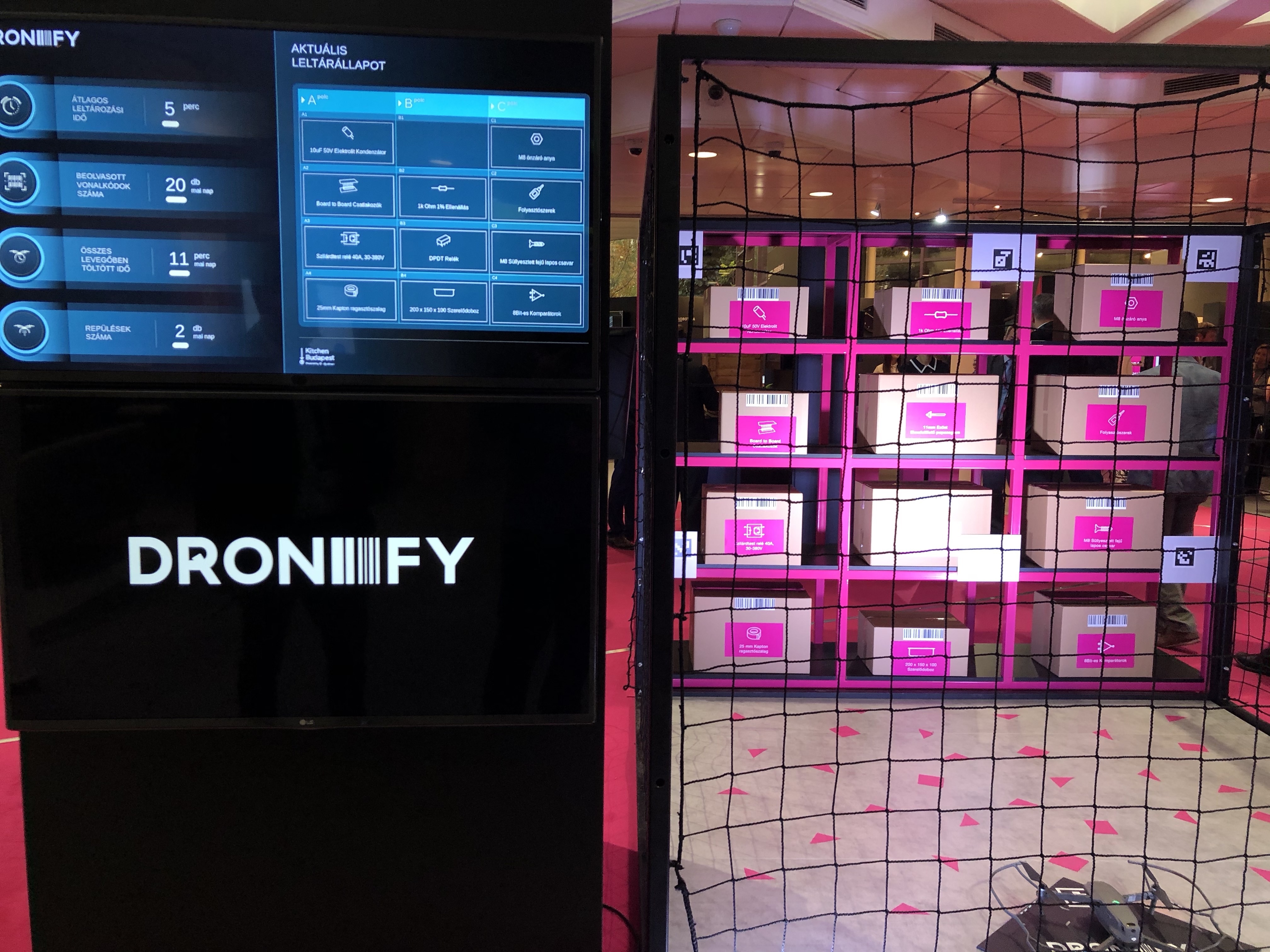Safetail
Health monitoring app for pets
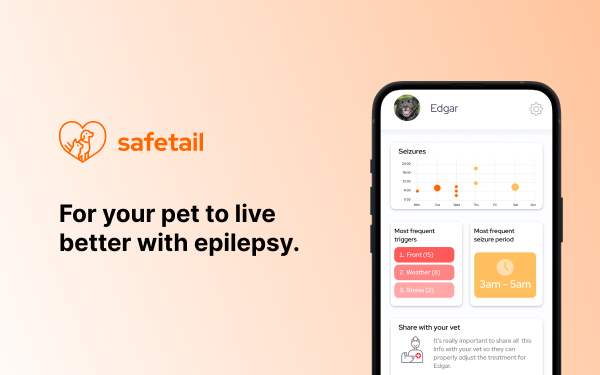
Safetail
Summary:
Safetail is a non-profit mobile app designed to help pet owners monitor and manage their pets' epilepsy, offering real-time health tracking and providing valuable insights to improve the quality of life for pets.
My Role:
Co-founder, concept, UI/UX design and frontend development.
Client/Customer:
Non-profit, free app for pet owners with pets suffering from epilepsy.
Challenges/Problem Solved:
-
Balancing Design and Usability:The challenge was to create a user-friendly interface that caters to pet owners of varying technical skills while ensuring the app remains simple, intuitive, and accessible.
-
User Engagement Without Ads: Since the app is non-profit, keeping users engaged and gaining traction through organic means (without any marketing or advertising budget) required focusing on providing a seamless experience and encouraging word-of-mouth growth.
Outcome/Impact:
Safetail has attracted over 1,000 users purely through
organic growth, earning a 5-star rating on the App
Store from over 10 users.
Link to website:
safetail.pet
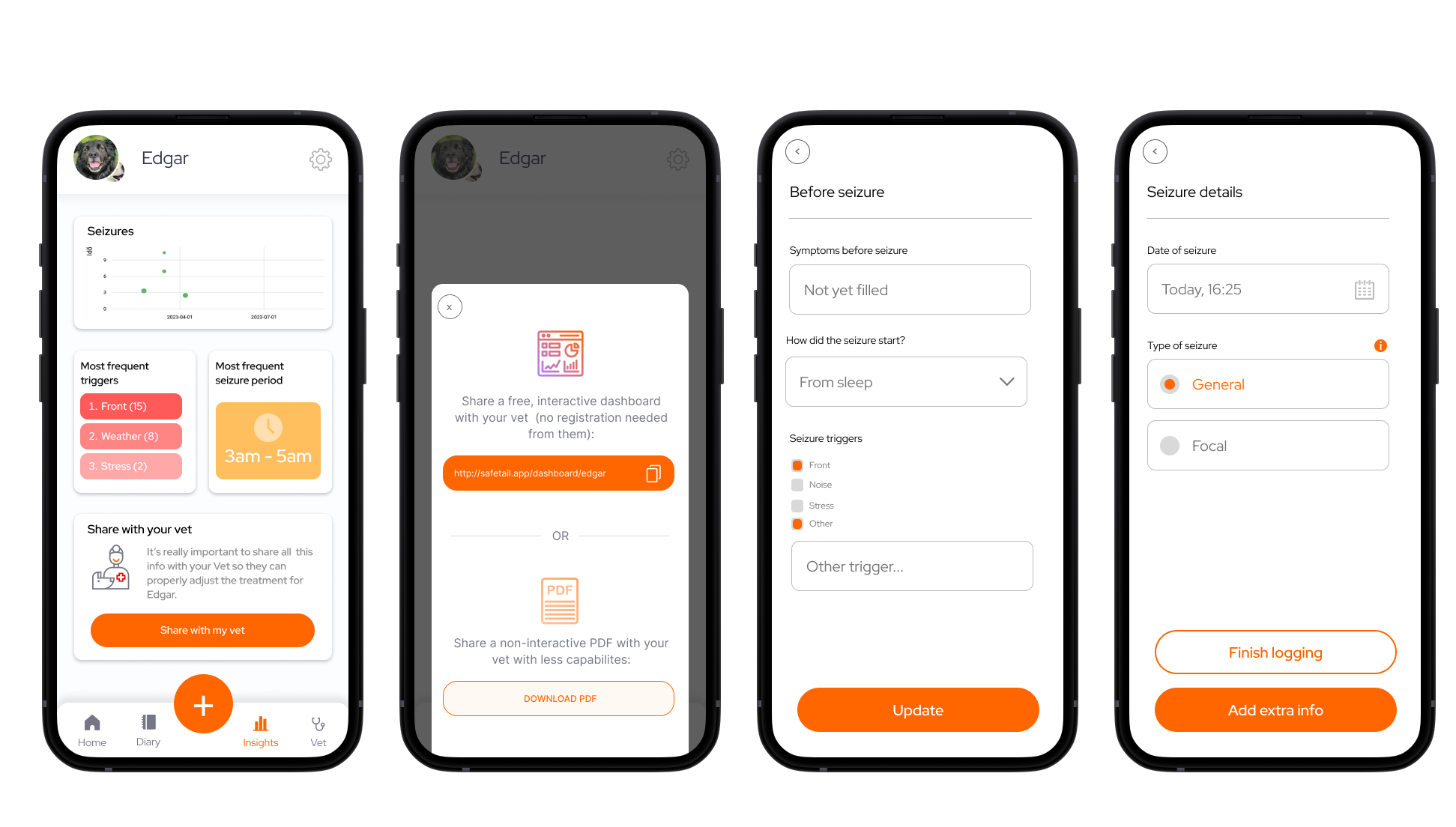

PackTrack
Optimizing package handling for Hungarian Post Office
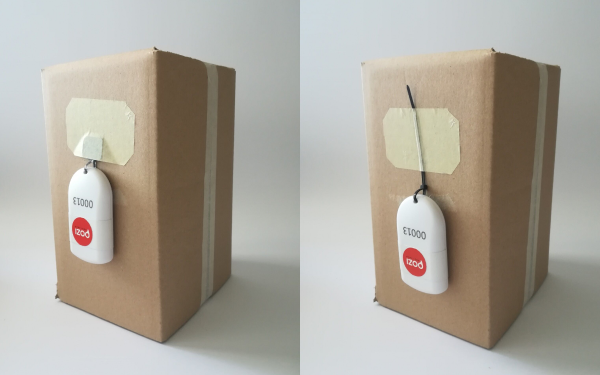
PackTrack
Summary:
PackTrack is an IoT solution designed to improve the efficiency of package handling at the Hungarian Post Office’s busiest sites, making the process faster and more intuitive for temporary workers with minimal training.
My Role:
Product Manager and Project Manager, responsible for leading the entire R&D process, overseeing design, development, and deployment of the solution.
Client/Customer:
Hungarian Post Office, a government organization handling most of Hungary's mail and logistics.
Challenges/Problem Solved:
-
Complex Integration: The solution involved a combination of standard hardware devices, customized hardware from subcontractors, and various software components, all of which had to integrate seamlessly with the Hungarian Post Office’s legacy monolith system.
-
On-field Research and User Adaptation: Conducting on-field research (contextual inquiry and more) and ensuring the solution met the needs of technologically lagging end users was a significant challenge. This included designing a user-friendly system that required minimal training and education for the staff.
-
Stakeholder Management: The project involved numerous stakeholders from both the logistics company and external subcontractors, requiring careful coordination and communication to keep the project aligned and moving forward.
Outcome/Impact:
The one-month pilot on the Hungarian Post Office's largest site was a huge success, improving efficiency and making processes more intuitive for staff, including temporary workers. The end users were highly satisfied and requested that the system remain in place after the pilot ended.
The success of the pilot has led to ongoing negotiations to deploy the solution across multiple sites and further develop new features to enhance the system.
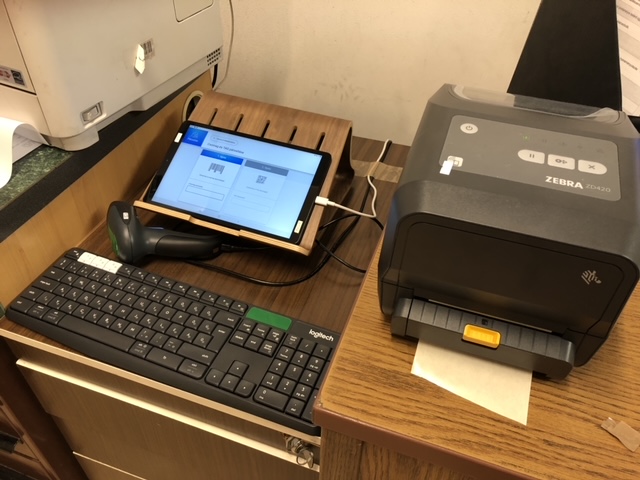
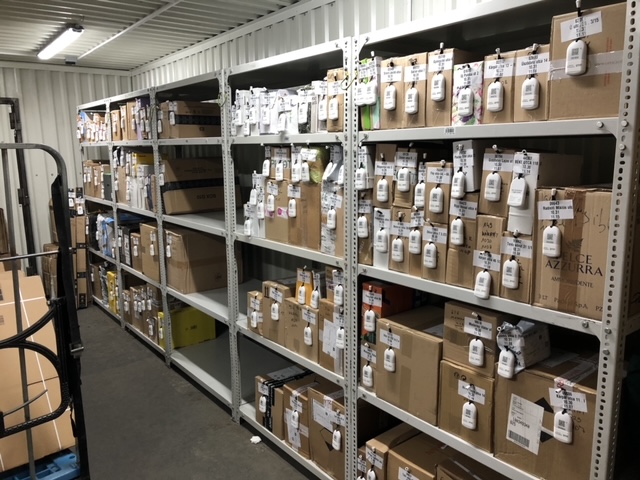
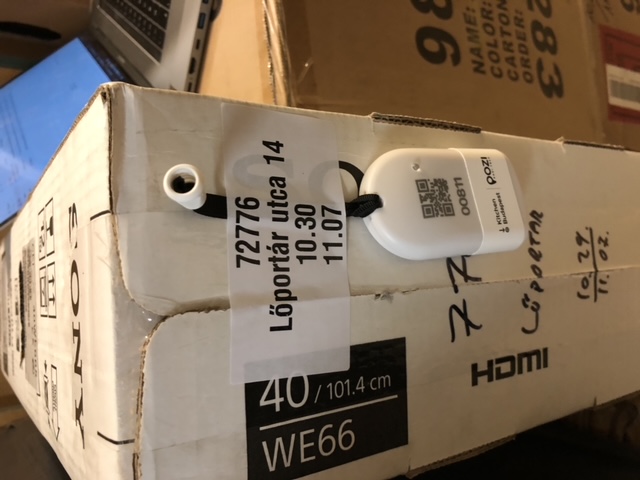
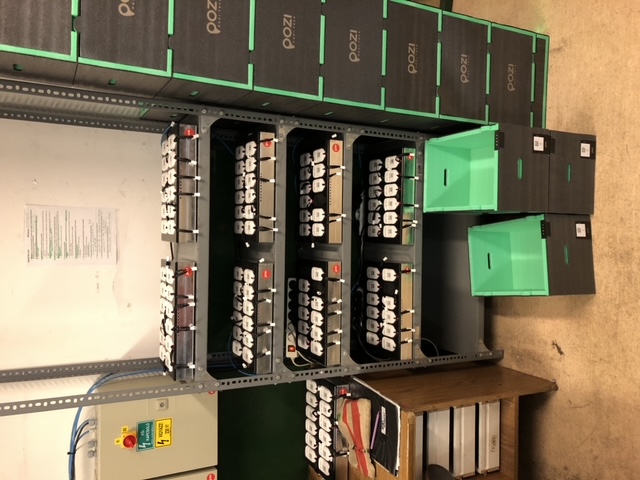
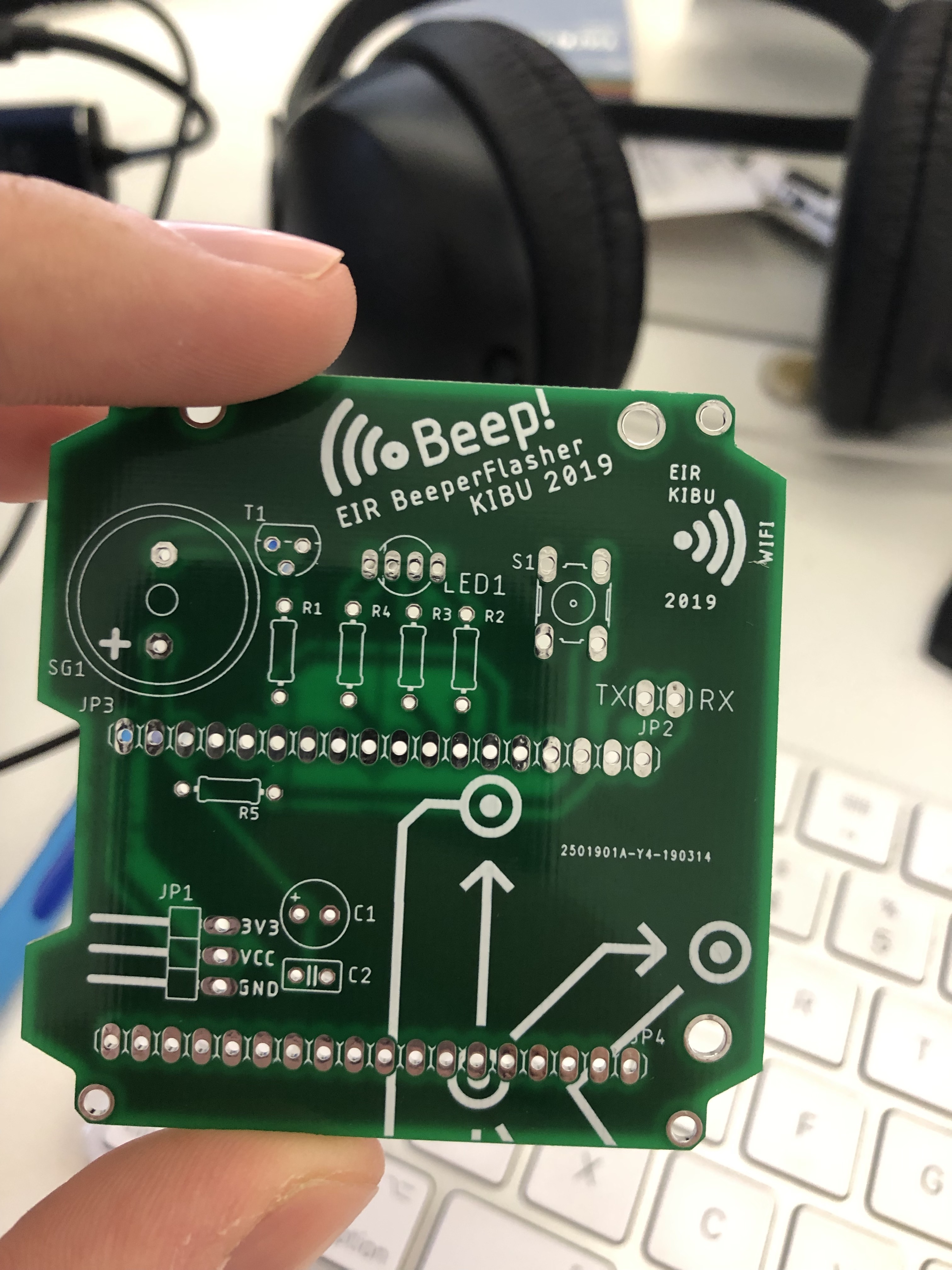
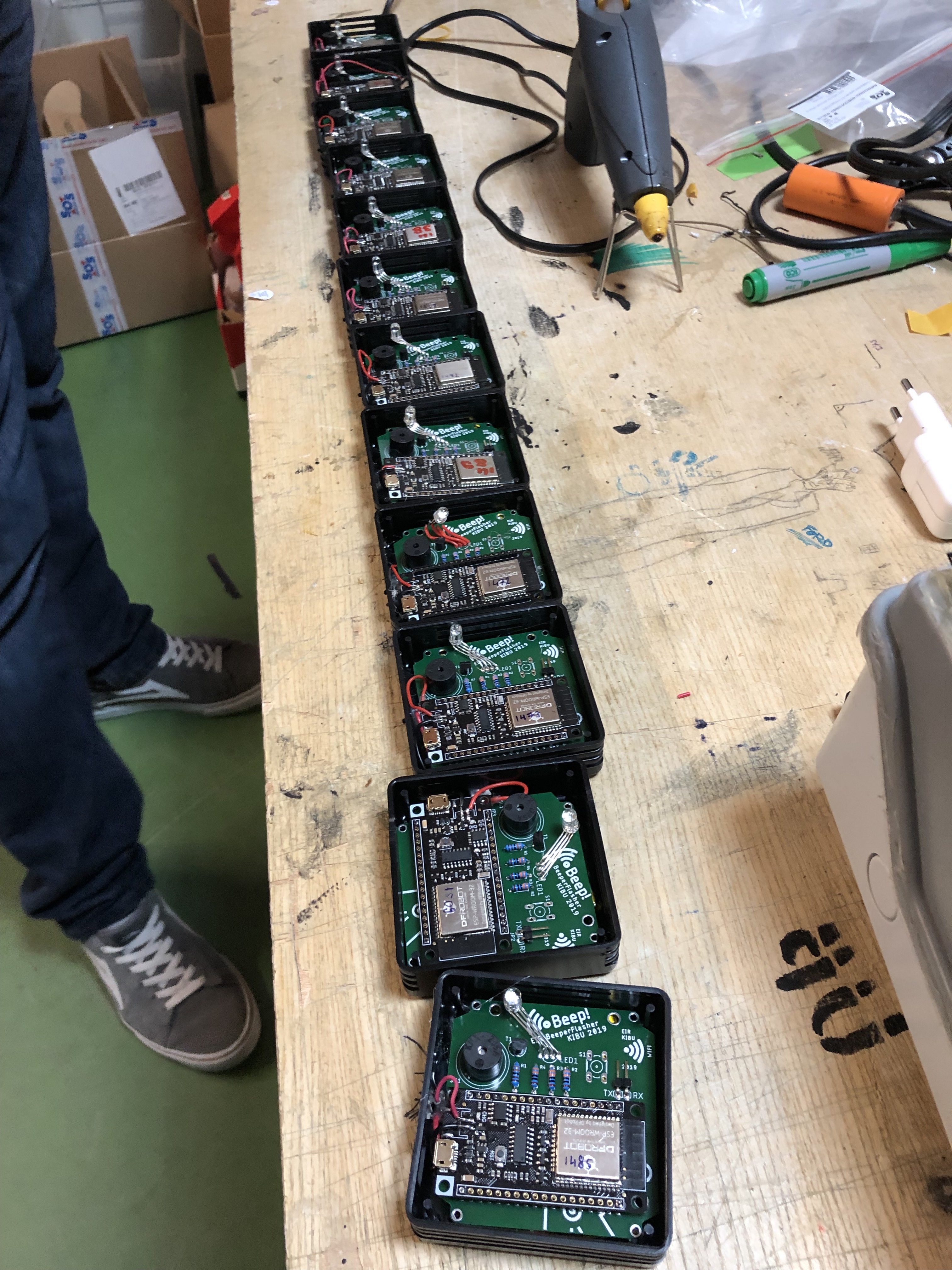
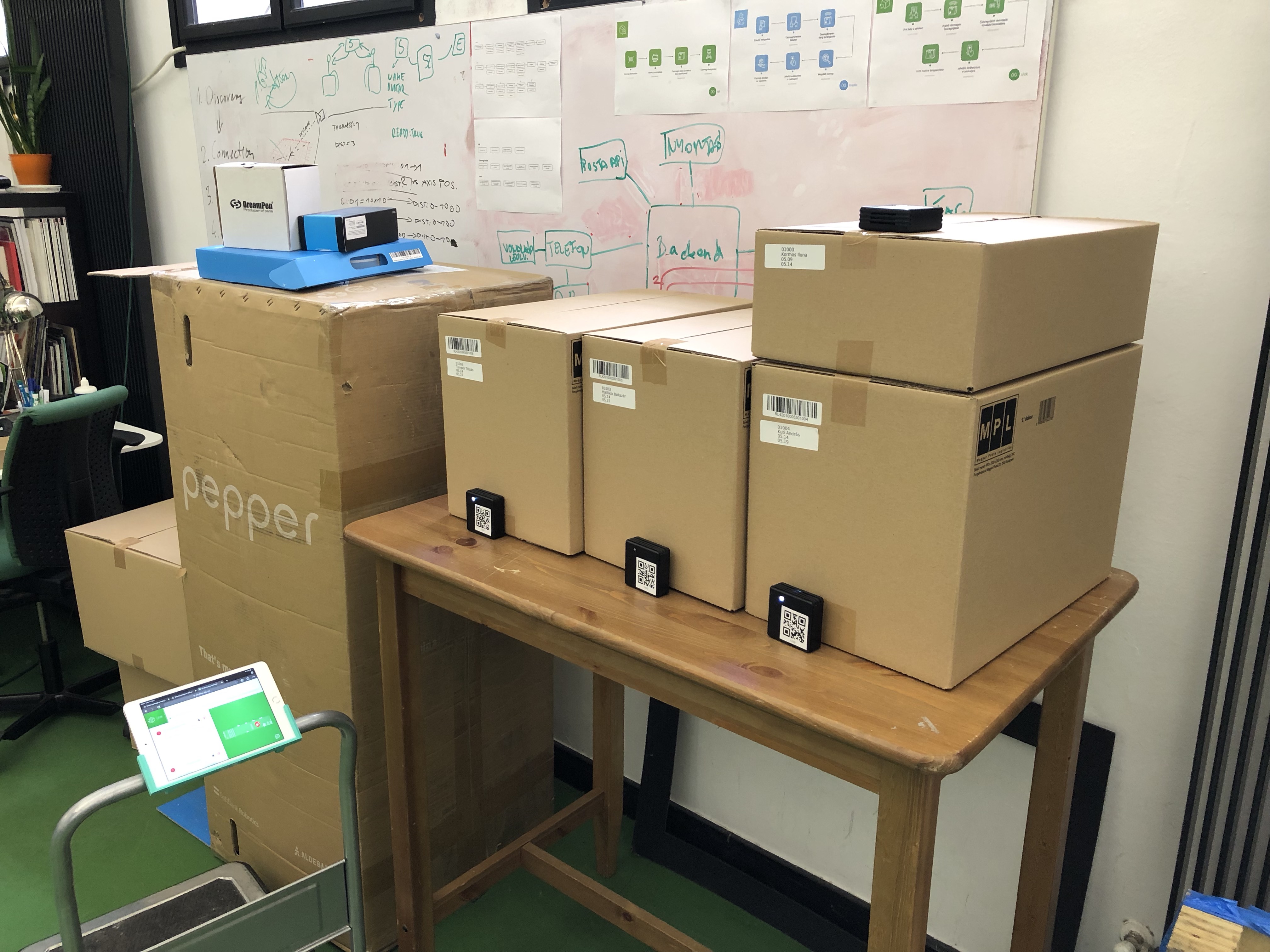

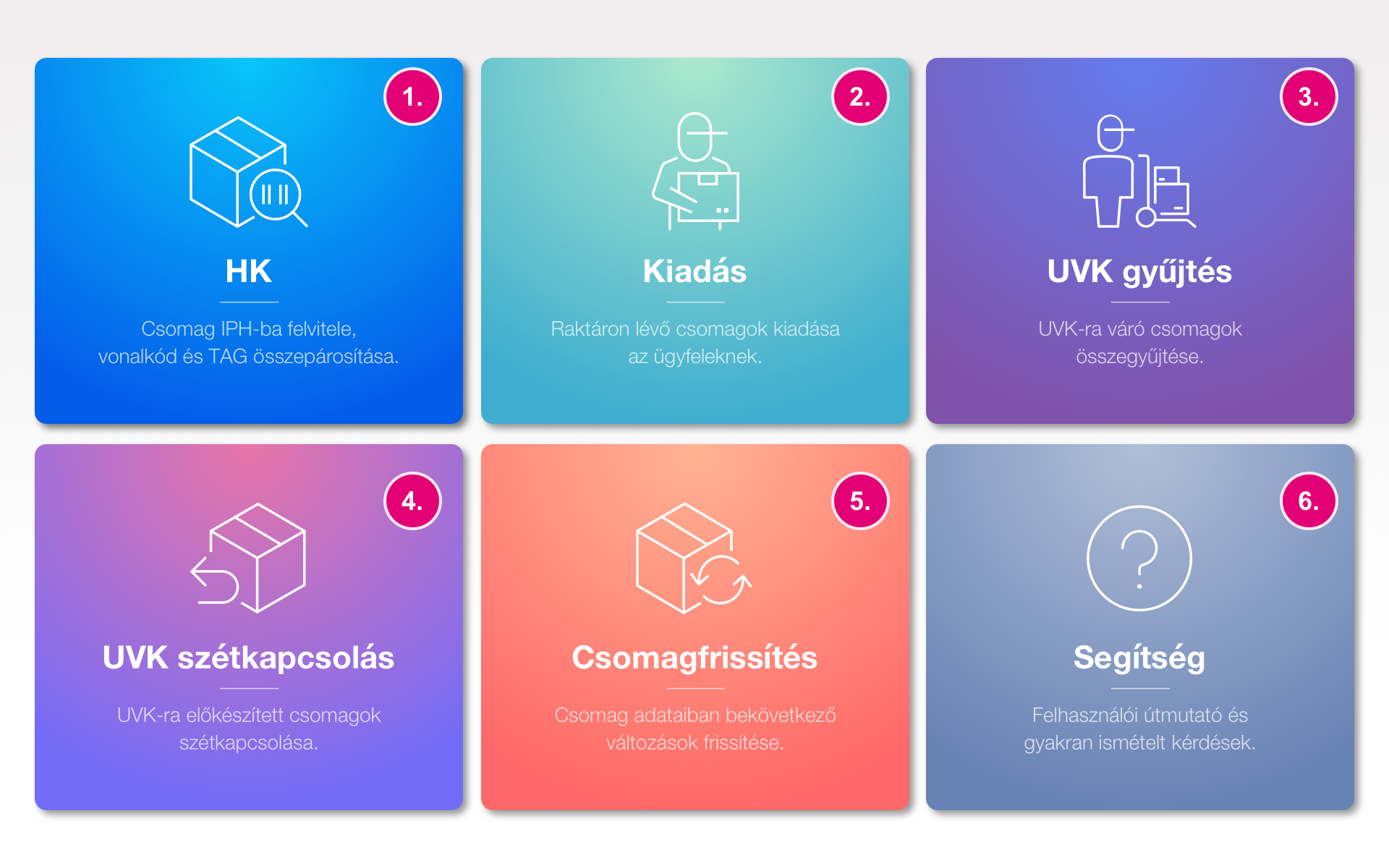
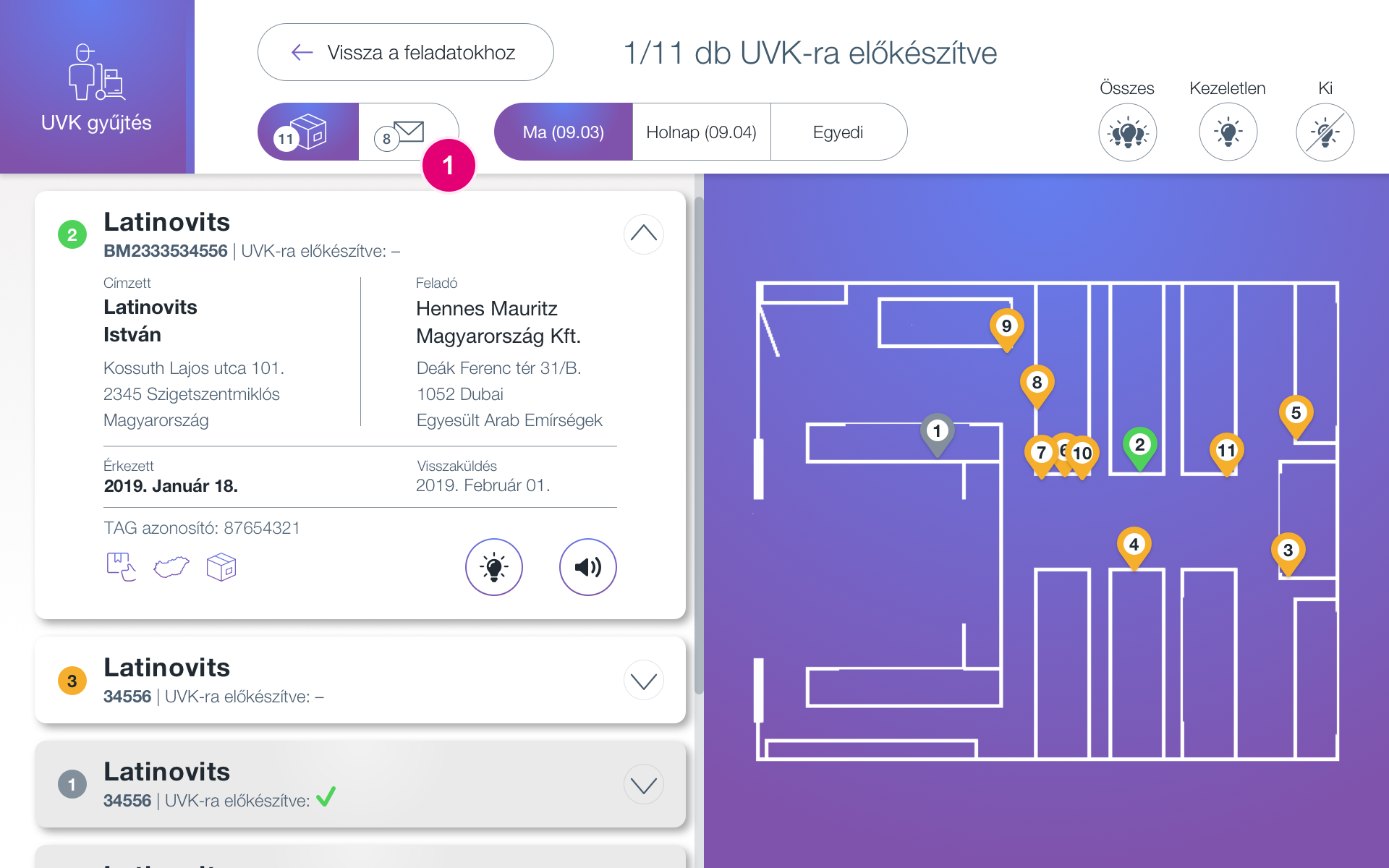
Shoka Bell
Crowdfunded smart bicycle bell
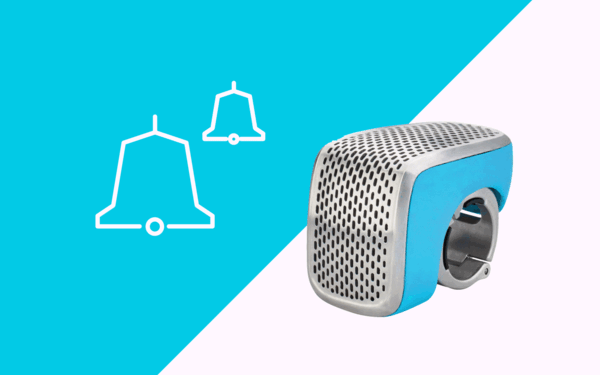
Shoka Bell
Summary:
Shoka Bell is a smart bicycle bell that enhances cyclist safety with customizable ringtones, a theft alarm, navigation features, and an automatic front light, all controlled through a smartphone app.
My Role:
Co-founder, responsible for concept creation, frontend development, and UI/UX development. The UI/UX design won the Central European Startup Award for Best User Experience.
Client/Customer:
Developed as a startup project, successfully raised $200k through Kickstarter.
Challenges/Problem Solved:
-
Safety and Multi-functionality: Shoka Bell aimed to make cycling safer and more convenient by integrating eight customizable ringtones, a theft alarm, and a smart navigation system that synced with a smartphone app. The challenge was to create a product that combined these features into a sleek, user-friendly design.
-
Efficient UI/UX Design: The design needed to be both intuitive and efficient, offering easy control of the bell’s sounds, lights, and navigation with minimal distraction to the rider. I helped develop the joystick-based control system and the interface, which won the Best UX Award.
-
Hardware Integration: Another challenge was ensuring seamless integration between the physical device (the bell) and the software components (smartphone app, real-time alerts). We designed a system that detects ambient noise and adjusts sound levels, provides navigation feedback via LED indicators, and warns users of busy intersections ahead.
Outcome/Impact:
Shoka Bell raised $200,000 on Kickstarter, securing funding for production. It became a key innovation in cycling safety and convenience, gaining attention for its intuitive design and multi-functional features. The product also received the Central European Startup Award for Best UX.
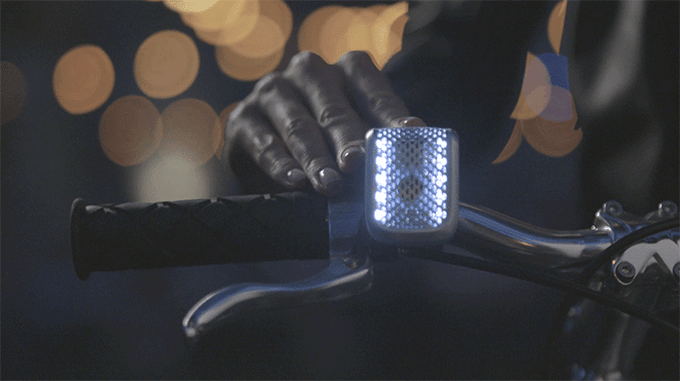
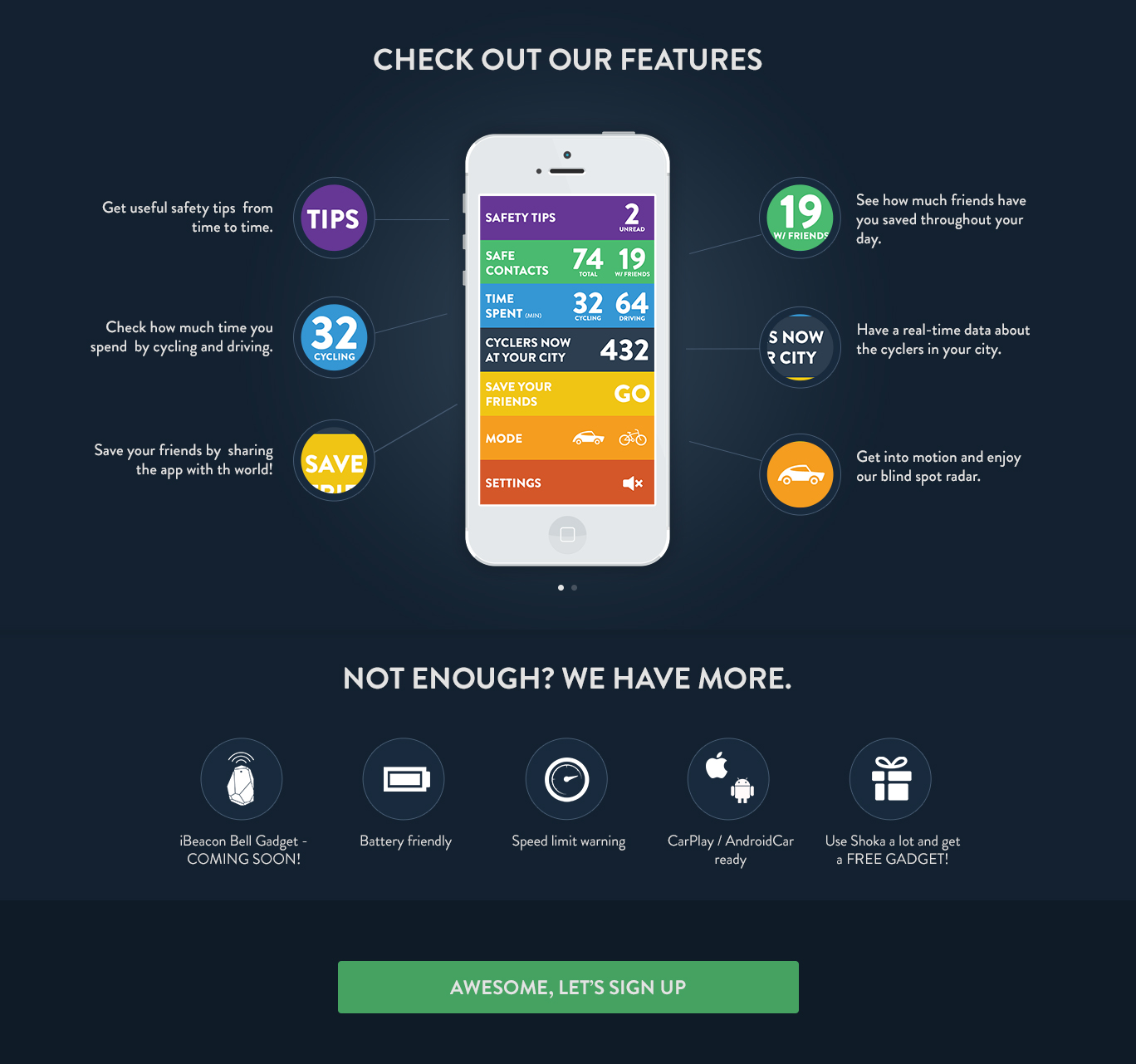
Canary
Safety alert watch for industrial workers
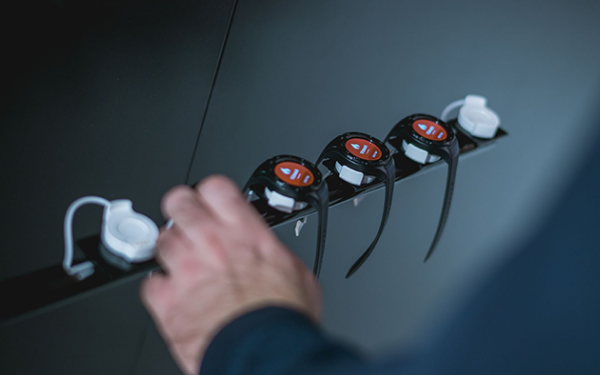
Canary
Summary:
Canary is a smartwatch solution designed for hearing-impaired workers in industrial environments, providing tactile alerts during emergencies and allowing real-time feedback to administrators via a web-based platform.
My Role:
Project Manager and Concept Co-Creator, responsible for overseeing the development process and ensuring the solution met industry safety standards.
Client/Customer:
Developed for Flextronics, showcased at T-Systems Symposium.
Challenges/Problem Solved:
-
Safety for Hearing-Impaired Workers: The challenge was to develop a wearable alert system that replaced traditional audible alarms, providing a vibration-based alert system for hearing-impaired workers during emergencies, such as fires.
-
Battery Efficiency: Ensuring that the smartwatch could last through an entire 9-hour shift was a significant technical challenge. The team had to implement solutions to optimize the battery life while maintaining a real-time connection to the admin platform, including using 2G networks and adjusting message intervals.
-
Real-Time Feedback and Monitoring: The system required two-way communication between the smartwatch and the admin platform, allowing administrators to monitor the status of the worker (heart rate, battery life, device status) and receive confirmation when an alert was acknowledged.
Outcome/Impact:
The project successfully got installed at the customer's factory site and showcased a new way to enhance safety in industrial environments. Canary offered a practical solution to ensure that hearing-impaired workers could respond to emergencies effectively, with continuous monitoring and real-time alerts.


Trackr
Real-time vehicle tracking and analytics for factories
Trackr
Summary:
Trackr is an indoor localization and vehicle tracking solution designed to enhance factory workflows by synchronizing forklift traffic with the supply chain and providing real-time data for business intelligence and optimization.
My Role:
Project Manager and Product Manager, responsible for overseeing the product development, coordination with internal hardware systems, and ensuring alignment with business objectives.
Client/Customer:
Pilot project developed for T-Systems, designed for Industry 4.0 applications in factory environments.
Challenges/Problem Solved:
-
Real-Time Tracking and Data Aggregation: The challenge was to develop a system that could track the real-time location of forklifts, personnel, and objects within a factory using built-in sensors and internal hardware infrastructure. This required seamless integration with existing localization systems and hardware.
-
Workflow Optimization: The app needed to create ergonomic enhancements for factory workflows, providing a platform for displaying the real-time position of tagged personnel and vehicles. The goal was to optimize the supply chain by synchronizing vehicle movements and reducing inefficiencies.
-
Business Intelligence and Analytics: In addition to real-time tracking, the system also needed to extract and display data, such as heat maps, route histories, and activity logs, which would provide valuable insights for factory management to improve operations.
Outcome/Impact:
The pilot project successfully demonstrated how real-time tracking and data analysis can significantly improve internal logistics and workflow ergonomics in a factory environment. The data collected from the NMSDB platform powered by T-Systems enabled more transparent resource management and decision-making through advanced analytics.
Dronify
Autonomous drone for inventory management
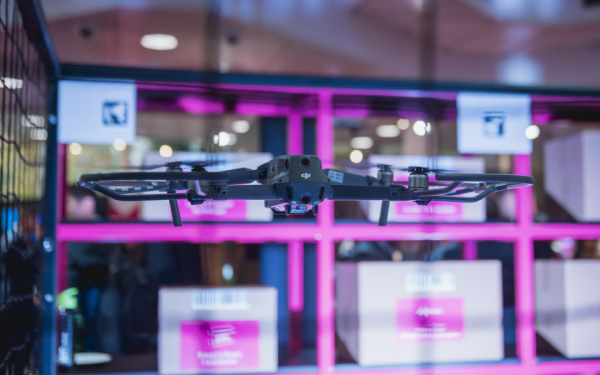
Dronify
Summary:
Dronify is an automated inventory solution that uses an autonomous drone with machine vision and machine learning to perform inventory checks overnight, eliminating the need for human intervention and providing perfect inventory records.
My Role:
Product Manager and Project Manager, responsible for leading the research, development, and deployment of the proof of concept.
Client/Customer:
Proof of concept created for a logistics company facing challenges with frequent stock-taking and resource allocation.
Challenges/Problem Solved:
-
Indoor Autonomous Flight: One of the major challenges was ensuring that the drone could navigate autonomously indoors with accuracy, despite the absence of GPS signals. This was solved by implementing Aruco markers for localization and using machine learning to improve the barcode scanning process.
-
Camera and Flight Constraints: Managing the delicate balance between the drone’s distance from the shelves and the camera’s ability to zoom in and scan barcodes accurately was critical. We also had to deal with hardware limitations, such as issues with the drone’s visual sensors and the Android SDK.
-
System Integration: The drone’s live video feed and machine vision data needed to be seamlessly processed and integrated into a database that could connect with the client’s existing ERP system, adding a layer of technical complexity.
-
Safety and Testing: Conducting indoor flight tests safely and efficiently was challenging due to the potential for the drone to lose stability (ATTI mode), requiring the creation of safe testing environments.
Outcome/Impact:
The proof of concept was successfully demonstrated at the T-Systems Symposium in 2019, receiving positive feedback from industry players. Several companies expressed interest, and the development continued to turn the prototype into a fully marketable product.
